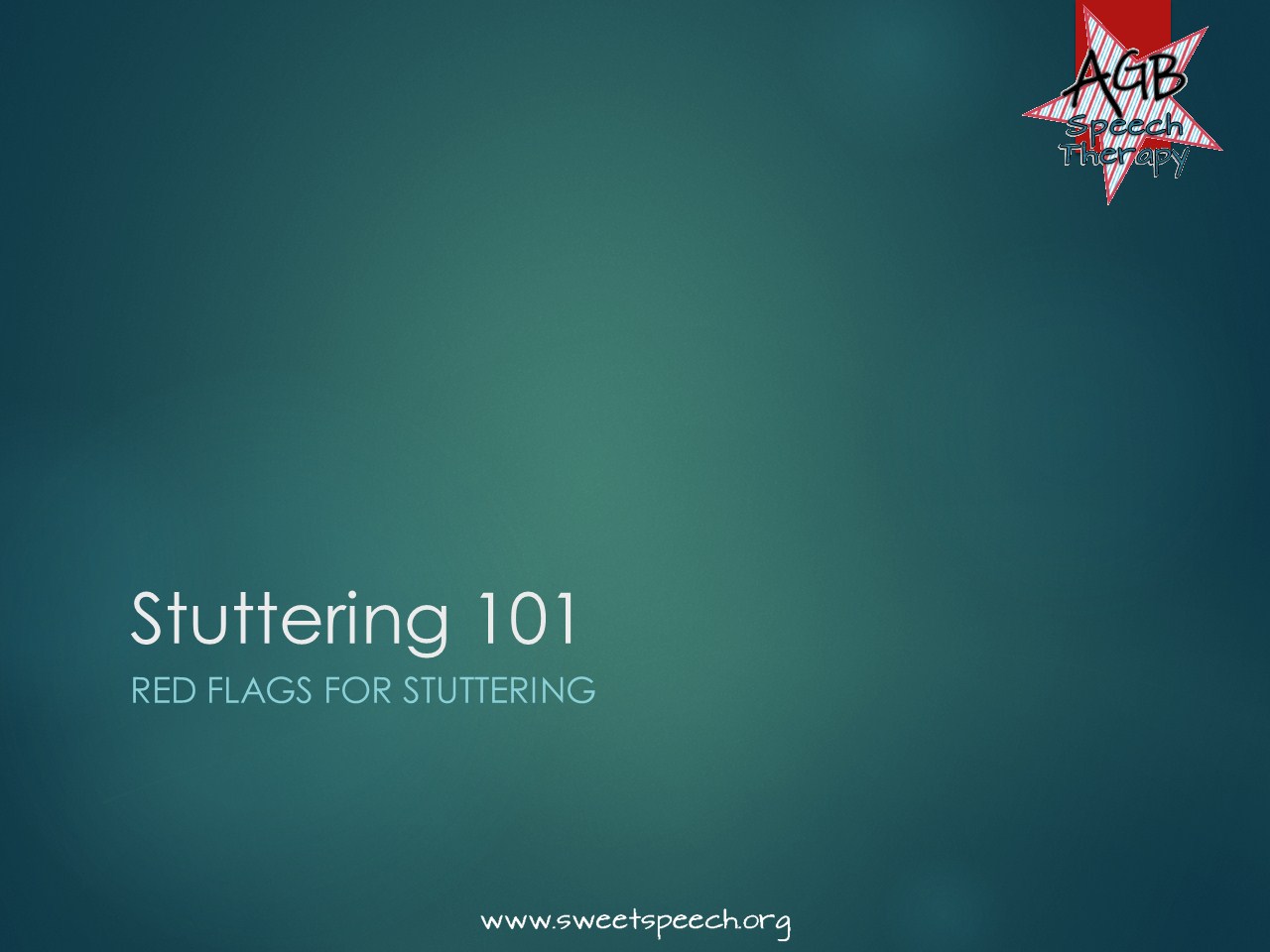Fluency disorders are the reason I became a speech – language pathologist. The nature of the disorder, the amount of individualization and level of counseling required for stuttering treatment, not to mention the amazing courage and strength of people who stutter fascinated me enough in my freshman year of college to set me on a course for life. I want to make this area of my field more accessible (i.e., less stress inducing) to my colleagues, more approachable for teachers and apprehensible for parents of children who stutter.
So, I’m beginning this series on fluency disorders in children. We’ll begin today with the basics:
 By definition, stuttering is to speak with involuntary repetitions or prolongations of sounds.
By definition, stuttering is to speak with involuntary repetitions or prolongations of sounds.
Well, this definition would make every single person on this planet who speaks a stutterer. And in a way that is true, but there is a better way to say it.
No one is 100% fluent.
We all repeat words or phrases, revise our utterances or interject filler words when we talk. These are sometimes referred to as “normal disfluencies.”
We begin to talk about stuttering when we hear repetitions of sounds, prolongations or blocks. These are called “stuttered disfluencies.”
The picture below has a chart that lists the types of disfluencies.

It is important to note at this point in our discussion that even normal disfluencies could be considered stuttering if there is tension or anxiety accompanying the utterances. If a child is repeating phrases and exhibits muscle tension or blinks his eyes or does anything other than repeat the phase, this could be his way of avoiding the stutter and should be considered a stuttered disfluency.
Now that we understand more about what stuttering actually is, let’s talk about some other things we know about stuttering.
-
Stuttering is variable.
Stuttering can be different with changes in communication partner, environment, or even the time of day.
-
Stuttering is unique to each person.
Just as each person has his or her own voice, the way a person stutters and how the impact of the stuttering is felt is distinctive to that person.
-
Some children will stop stuttering. Others won’t.
We don’t know why this happens, but we do have evidence that gives us a better idea of which students may continue to stutter. These are called “red flags” and make up a list of risk factors that may direct a speech-language pathologist to recommend treatment in the form of speech therapy. These red flags will be discussed in the next post of Stuttering 101.


3 Comments